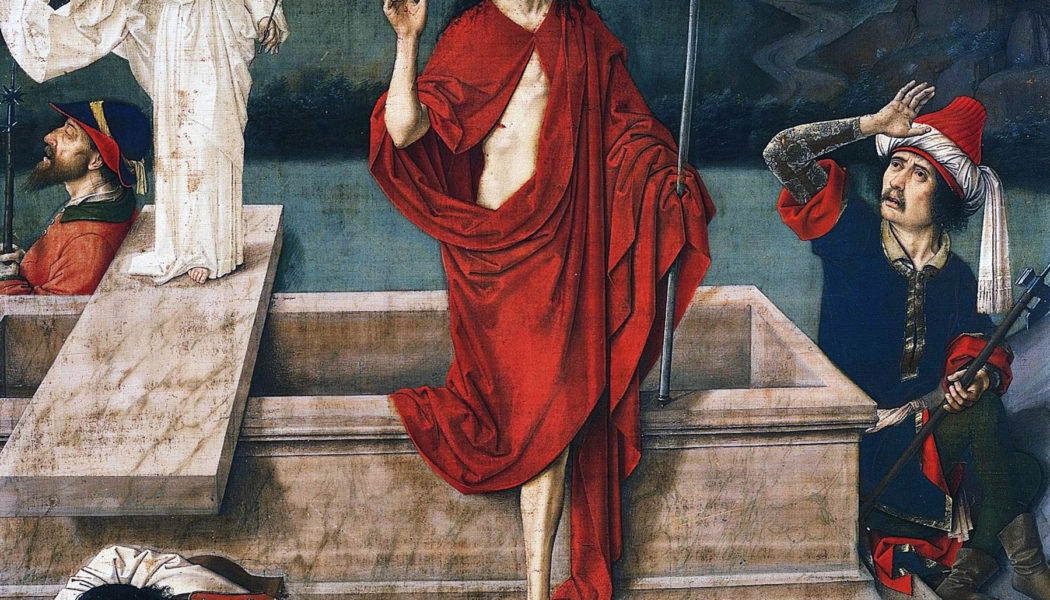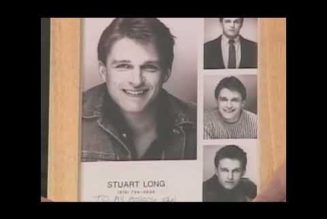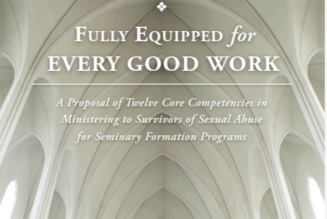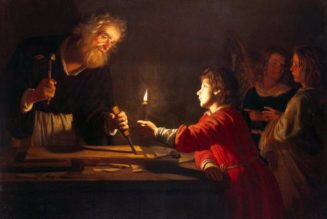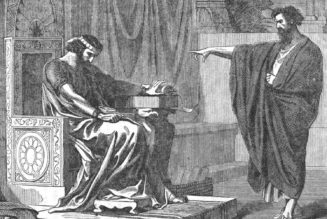Happy Easter!
Today is the most important day in the Church year because it is the most important day in history. Today, human history received its final and definitive direction. Good will be victorious. Evil and its consequence — death — will be defeated. There’s no more question about that. The only question is: which side are you on?
This day is an acid test of faith: Do you believe that a real human being, who was also really God, really rose in his human flesh this day from a grave? And do you believe that, one day, you will be called to do the same? Or is it just a nice story, a sentimental tradition, a wish projection? And that once you’re dead, at worst you’re dead, at best, who knows?
If the former, happy to wish a fellow Christian “Christus resurrexit!” If the latter, then why are you wasting time with a useless ritual celebrating a dead man? (Of course, if this life is all there is, then isn’t all time really a waste, pursuing the all-ephemeral?)
There is no middle ground: 1 Corinthians 15:12-18.
Today’s liturgy offers two possible Gospel readings. All Masses celebrated on Easter Sunday itself are taken from John 20:1-9, on which I have commented on in the second half of this essay.
But the Church’s greatest liturgy of the entire year is the glorious Easter Vigil, in which the Gospel of Easter rotates over three years according to the Synoptic Evangelist featured that year. This year, it is Matthew’s account (Matthew 28:1-10) of two women on their way to the Tomb, the descent of the Angel and the proclamation, “He is not here. He has been raised just as he said!”
The description of the Resurrection in Matthew’s Gospel shows us just how this event is both a historical and trans-historical event (which is just how our own lives are now balanced, between the “already” of Jesus’s definitive victory and the “not yet” this side of the Last Day).
It was an historical event. But, while touching our senses, it also surpasses them and time. Jesus didn’t “rise” in their heads or minds. On a given morning two given women were on their way to Jesus’s real Tomb when something supernatural happens. One moment they see a closed tomb; the next, an open tomb, an angel and petrified guards. [Remember that, two years ago, the Easter Gospel of Mark (16:3) added a little detail Matthew does not repeat: the women going to the Tomb discuss who’s going to move the rock in front of it? Matthew’s Gospel today (28:2) makes that point OBE.] And they see an angel, who tells them Jesus is raised. They see something out of the ordinary, but not necessarily Jesus.
But Matthew does not leave us in ambiguity. The women then not only see but meet Jesus, who repeats his constant message — “do not be afraid!” – and commands them to carry the Good News of the Resurrection to the Apostles.
That is our mission today and every day: to spread the Good News of the Resurrection. We are called to proclaim Christ’s conquest of death to a world enveloped in a culture of death: one that calls killing a “right,” one that deems death a “solution” for the unborn, the ill, the elderly, and the handicapped, one in which human beings arrogate God’s role as “Lord and Giver of Life.” Our proclamation of the Resurrected Christ must be that death is evil, is our enemy, and will not have the last word.
So, in the Easter morning light of the empty Easter Tomb, I repeat the question posed earlier: “What side are you going to be on?”
For the God who smashes rocks and conquers death does not smash our free will or conquer our liberty: we can choose wrongly. But we cannot reinvent the world to make wrong choices right.
That world got irrevocably set on its right course this morning.
As the “joy of the Resurrection fills the whole world” the beauty of the Resurrection cannot be contained in just one painting so, today, we have two.
Benjamin West’s “The Women at the Sepulcher” best illustrates the Vigil Gospel, because it depicts the Angel, the now opened Tomb, the guards, and the women. The inconsistency is: Matthew speaks of two women at the Tomb, West has three [as did Mark (16:1), while Luke (24:10) has three plus “others”].
The angel straddles the entrance to the Tomb. His right hand indicates the grave, his left is raised in proclamation of the Good News of Easter. Note his hair: the three prongs may allude to the divine power (just as Moses is often depicted with horns) as well as a Trinitarian reference — the England of West’s day was not just fighting Catholics but “Dissenters” (including Unitarians) as well. The angel’s two audiences reflect man’s two possible responses: the women see this mysterium tremendum et fascinans, are both afraid yet attracted while the guards are just afraid. One woman (Mary Magdalene (?), who is usually depicted with red hair and carrying the spices) reaches out. One guard recoils behind his shield, supporting himself with his sword (as if that is much of a weapon to the Risen One who will turn swords into ploughshares — Isaiah 2:4).
West, an important British-American painter in the late 18th and early 19th centuries, was self-taught. He was born in Pennsylvania but traveled to England in 1763 and remained there until his death in 1820. His stay in Italy developed the Renaissance and classical elements of his work and taught him more sophisticated techniques than he had learned in provincial Pennsylvania. Religious paintings were an important part of his overall work, although his great métier was historical painting. His roots made him an important teacher for a whole generation of early American painters who passed through London.
This oil painting belongs to, but is not on view at, New York’s Brooklyn Museum. The Museum also holds another West Easter painting — “Angel at the Tomb of Christ” — also not on view.
Our second Easter painting is 15th-century Netherlandish artist Dieric Bouts’ “Resurrection of Christ.” It fits the Vigil Gospel because it depicts the open Tomb, the angel, and the “guards shaken with fear and” becoming like “dead men.” It is inconsistent with the Gospel by not including the women and by including Christ — Matthew tells us the guards see the angel, not Jesus. Bouts’ clearly intends to capture the very moment of Resurrection: Jesus literally still has one foot in the Tomb. But Bouts’ artistic liberties ignore the literal text. He is also somewhat anachronistic, which was not unusual for his times: the guards are dressed in uniforms appropriate to his day, not the first century.
Jesus carries his paschal Cross, now the sign of victory, and extends his hand in blessing. Dawn — the dawn not just of a new day but a new era — breaks in the background.
Bouts is an important figure in northern Europe, bridging the passage from late Gothic art to a new style in Netherlandish painting. This work is technically interesting because it is painted on linen, which has contributed to its fading. It was originally part of a larger altarpiece whose other panels have been scattered in other museums. “The Resurrection of Christ” is held by the Norton Simon Museum in Pasadena, California, which bought it at auction in 1980 for $3.7 million, making it one of the highest bid paintings in the world.
A blessed Easter season! Remember, the Church celebrates Easter for 50 days — from Easter to Pentecost — so let “the joy of the Resurrection fill the whole world.”

